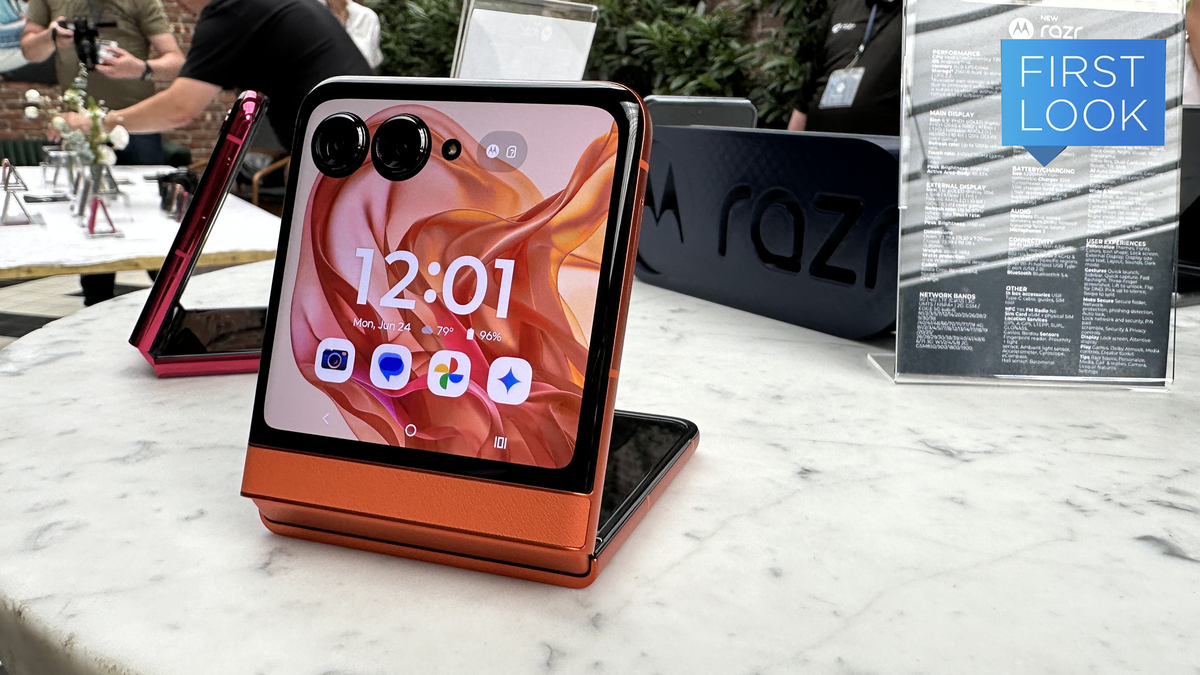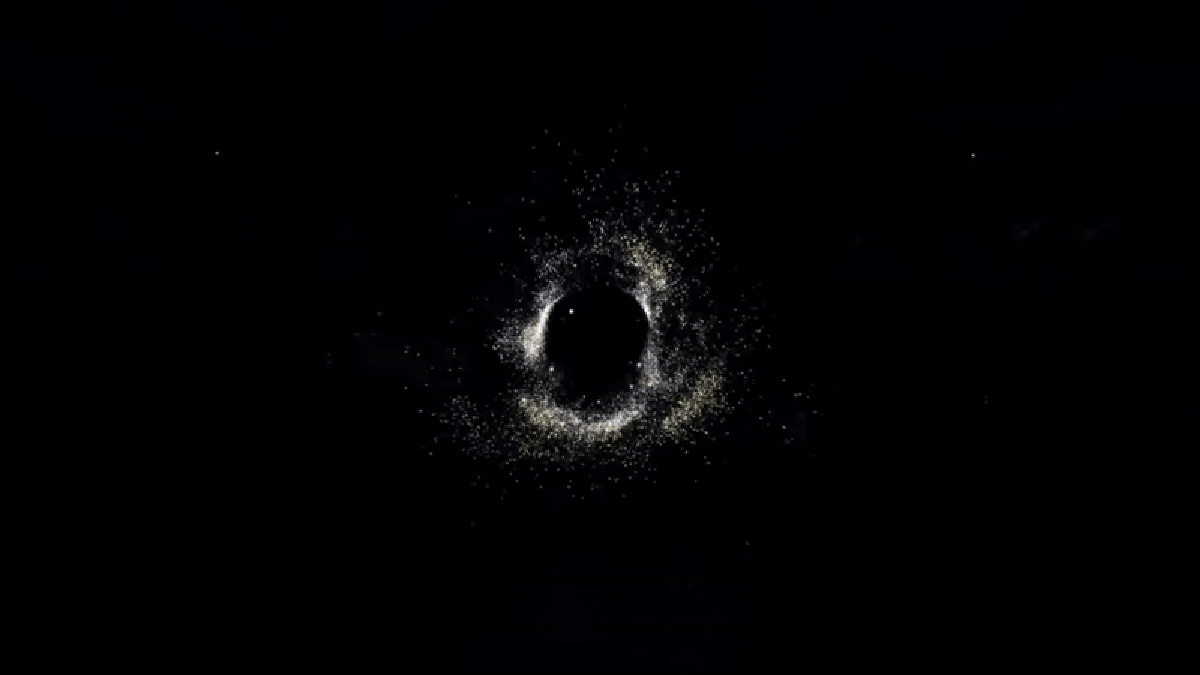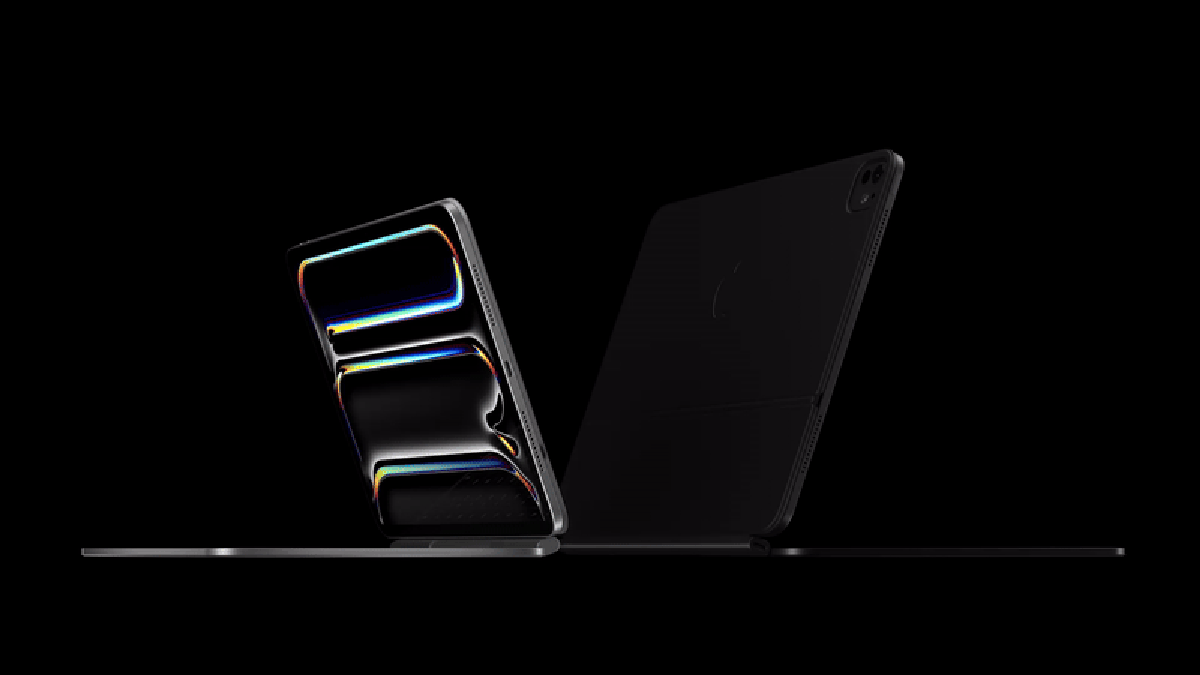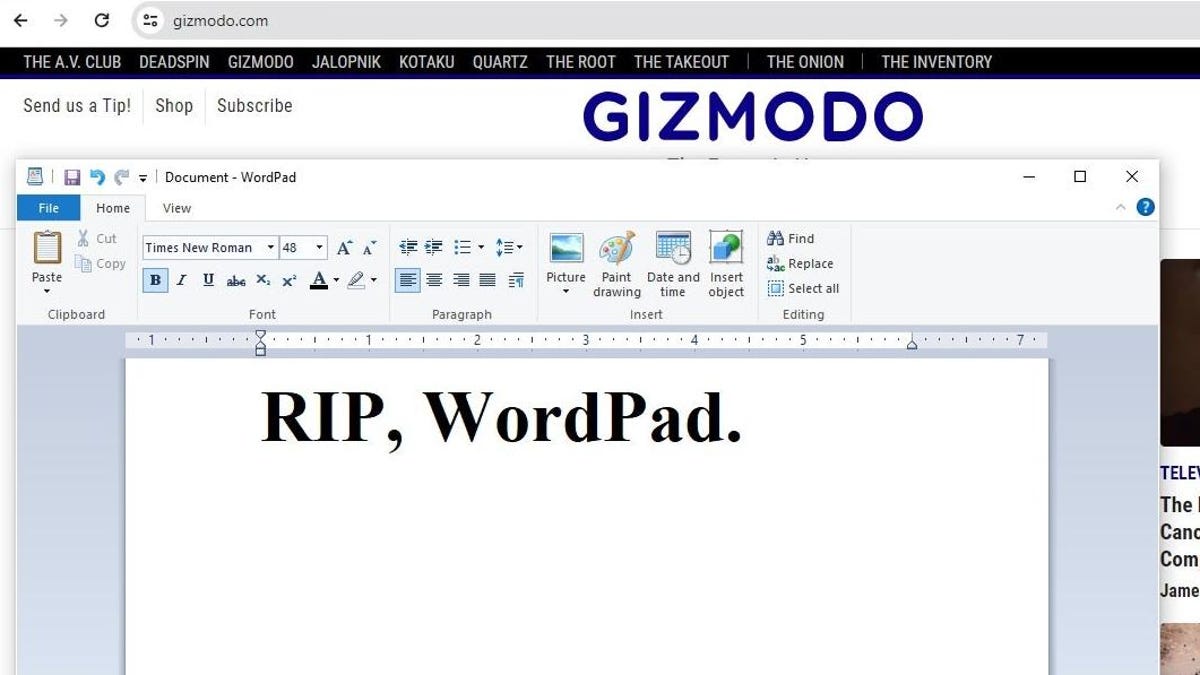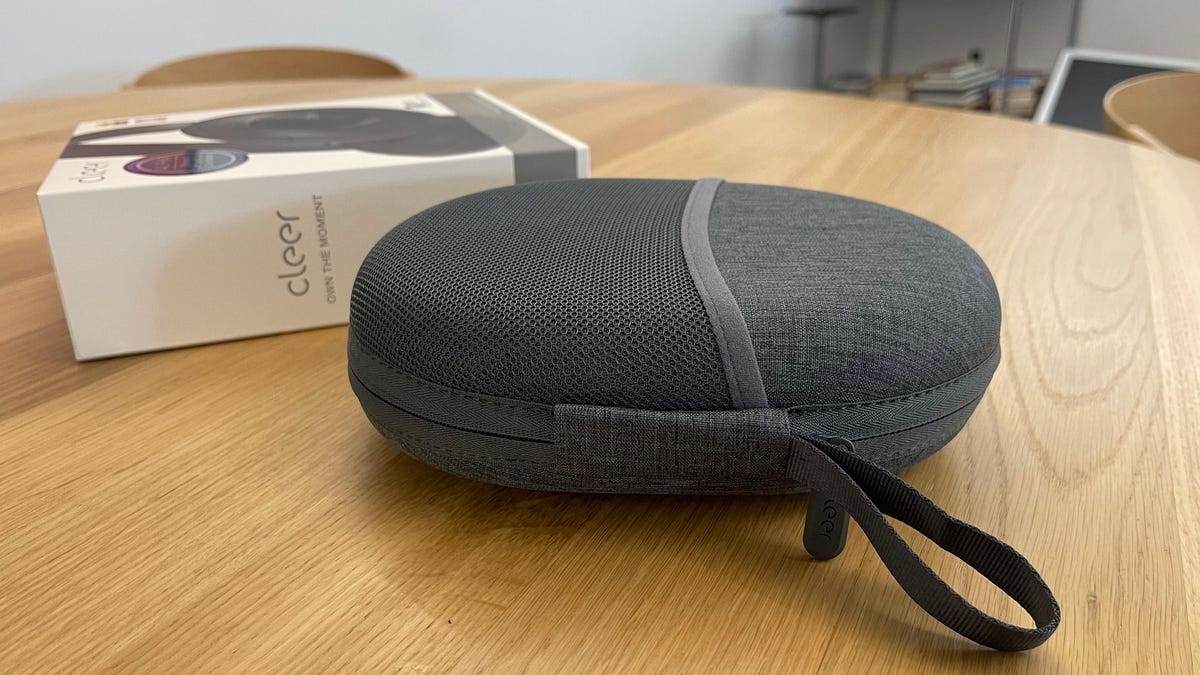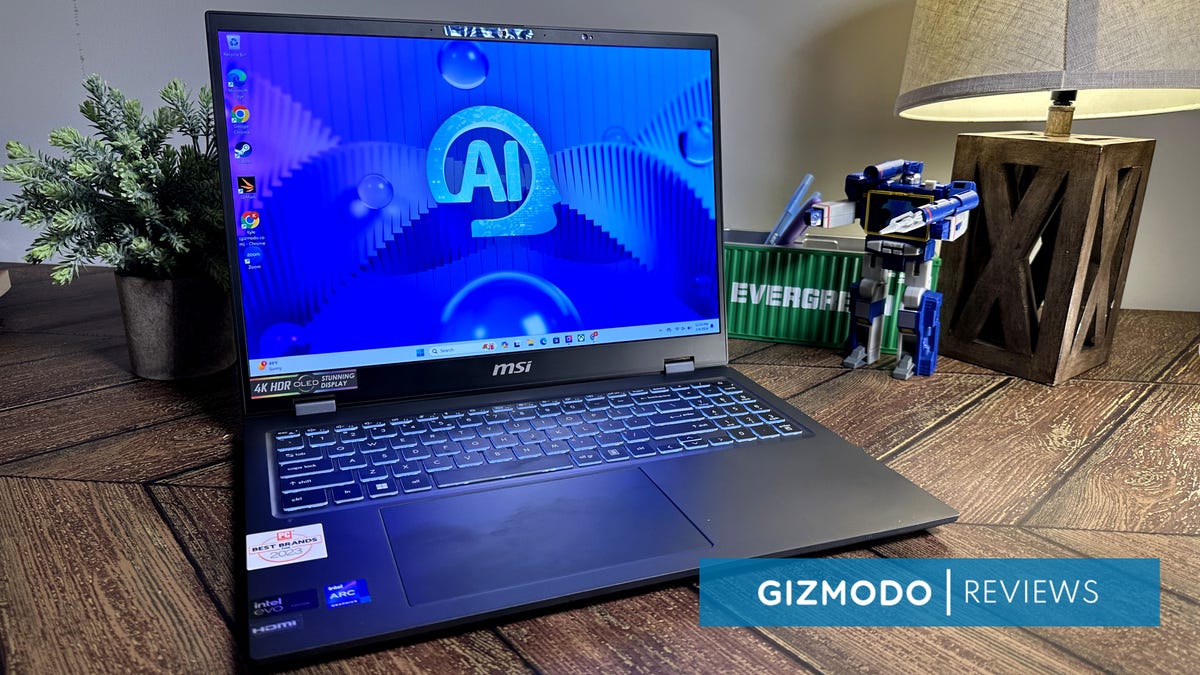Hello, Moto; this is starting to feel like deja vu. The return of the Razr flip phone in foldable form didn’t set the world on fire as much as Motorola may have wanted last year with its Razr+ phone. Still, Moto’s coming back in 2024 with a few improvements and the largest exterior screen we’ve seen yet on a flip foldable. As much as Motorola is looking for a redemption arc for the Razr+, in our minds, the far more attractive choice may be the $700 Razr, which takes all the best parts of 2023’s Razr redux for a fraction of the cost.
The problem with foldables has been their astronomical price. For the same price as the $1,000 Samsung Galaxy Flip 5, you’re approaching the cost of a high-end phone like the Galaxy S24 Ultra. The $1,000 Motorola Razr+ 2023 got a lot of things right, but its flaky software and suspect hinge design left something to be desired. It still became the immediate competitor of Samsung’s Flip 5, but with the Flip and Fold 6 on the way, Motorola is making the smart move by unleashing a less expensive device that still has all the bells and whistles that make the flip design attractive in the first place.
What’s the Difference Between the Razr and Razr+?
The new 2024 Razr offers the same base experience as the more expensive version of yesteryear. You can use almost any app and most widgets on the exterior screen to quickly check texts or the weather. With either a 3.6- or 4-inch screen, you also find that it cuts down on the doom scrolling when you accidentally get sucked into the black hole of a larger display. That exterior screen also helps when you’re taking group shots or selfies, made better because of what’s supposed to be an improved camera array. Both versions sport 50 MP main sensors and some AI photo enhancements.
Both the Razr and Razr+ are built with a new hinge design that makes it rather easy to fold down or crack open with one hand. After folding and unfolding a few dozen times, neither felt as flimsy as the 2023 version. They’re supposedly more durable and now come with an IPX8 rating for water resistance up to about three feet of water. I quite like the feel of them. The new and old Razrs have a better ergonomic fit in the hand with the rounded corners than the Flip 5. And yet, they haven’t removed the most annoying aspect of squashable screens. There’s still that crease that catches the light at odd angles and generates a twinge of annoyance as you scroll.
The big difference between the two devices is in specs, especially the choice of processor. The Razr+ contains the Qualcomm Snapdragon 8S Gen 3, while its cheaper brother houses a MediaTek Dimensity 7300X. The latter is a 4nm chip just unveiled earlier this month. It’s specifically tailored to the flip phone design, though it’s so new that few have had any real chance to benchmark it against the standard quality of the Snapdragon platform.
Otherwise, a Razr+ will come with 12 GB of LPDDR 5X RAM compared to the Razr’s 8 GB of LPDDR 4X. While both have the same 6.9-inch pOLED interior display, the Razr+ supports higher HDR brightness and up to 165 Hz refresh rates versus the 120 Hz of the cheaper version.
First Impressions With the 2024 Razr Foldable Phones
I had them in hand for about an hour, but you would have to hang onto them for far longer to get a sense of their overall speed. Apps on the exterior screen are snappy and quick no matter which version you choose. Just like last year, these phones are great for taking selfies. Now, the camcorder mode automatically starts recording as soon as you half-cock the screen while in the camera app.
While both phones have a 50 MP main lens, the Razr+ has a 50 MP, 2X telephoto lens, while the Razr contains a 13 MP ultrawide. That more expensive Razr may be far better at shooting vertically than horizontally with a lack of ultrawide, but it will be interesting to compare the two once we get more time with them. The new phones also boast some AI photo enhancement software to sharpen images and stabilize video. Still, we’ll have to see if any of this leads to better photo quality compared to similar offerings from Samsung.
There are some pretty stark color options available for both models. You can get that classic Razr Pink and a pleasing dark green and dark blue on the $1,000 phone. The cheaper Razr comes in two rather dull shades of gray and a blazing “Spritz Orange” that immediately set me at odds with my coworkers. The more I look at it, the more I like it, even if you’ll be considered the traffic cone of your immediate friend group. There are no glass backs on any of the 2024 Razr lineups. Instead, it’s all “vegan leather” and “vegan suede.” As much as I wish we could do away with the greenwashing messaging of mass-produced phones, it does mean the backs are much less prone to scratching when you lay them on their sides.
The new Razr+ continues by letting users do whatever the hell they want with the outward display. The new 4-inch screen still wraps around the camera bumps, and you can set each app to go full screen on the app selection screen, even if doing so makes it impossible to hit the send text button or skip ads on YouTube. Otherwise, the apps that aren’t quite built for a 4-inch display warn you it’s not an optimal experience. You’ll need to squint to watch Netflix on the small form factor.
Both phones went on sale regularly over the past year, and you could occasionally find the Razr+ 2023 going for $700 already. The new price point immediately makes it closer to the upper-midrange device, which is exactly the bracket I think this phone should have always occupied. Both devices are going up for U.S. customers’ preorder on Motorola’s site on July 10. It will be available from most major retailers starting July 24.


